What's in a name? Deciphering Aircraft Designations
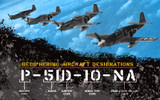
Since the inception of aircraft in military procurement, there has been a clear and defined designation system used to properly identify and denote the objectives as per the aircraft’s operational mission. Since the late 1910s, the U.S. Army began to employ this distinct naming system and it is still used today. For the most part, the definers have stayed the same, but as aviation evolved so did the need to change the designations of certain Letter Type to more clearly identify the aircraft’s purpose. (An example would be the Letter “R” designation used form 1941-1948 to denote a “Rotary Wing”, later changed to “H” for Helicopter as the aircraft type was more clearly defined.)
A Quick History of Aircraft Designations
Starting in 1919, the United States Army air service begun designating the different types of aircraft it was procuring for military use. For the most part the designations where designed around the power plant types. (Air and Liquid Cooled Engine.) This method has been coined the 1919 United States Army Air Service aircraft designation system, which was effective from 1919-1924. A simple coding method was utilized by sequential numerals with corresponding codes to denote the first 15 aircraft types in order of development. The system was soon abandoned as the need for a more complex designation system was needed. Afterward, the 1924 United States Army Air Service aircraft designation system was employed and became the building block to what is used today in the 1962 United States Tri-Service aircraft designation system, in which all three branches of the Army, Air Force, and Marines use to universally identify aircraft types. Today the Air Force Dept. Publishing Office (AFDPO) publishes documents that outline these specific designations for all modern produced aircraft.
How A Typical Aircraft Designation Works
The primary designation of an aircraft is given series of letter and numeric codes prefixes that outline the mission, model, subtype, serial, and facility in which the aircraft was produced. (Example P-51D-10-NA). Multi-role aircraft, (those that are designed to function in multiple operations types) will have an additional "Modified Mission Symbol" prefix following the main mission code. This is to identify it’s multi-role capability. Additionally, the aircraft’s status can be a note as experimental, grounded, obsolete, or other designation depending on their specific status. This system allows individual aircraft no matter their condition or operational capability to be recorded.
Typically for most legacy aircraft made during World War II has a model designation placed on the aircraft in the form of a the “Data Block” or commonly known as it's “Aircraft Model Nomenclature” in other circles. The example below defines the meaning of such a designation for a P-51D Mustang Aircraft.
Mission Codes
Mission codes are defined as the basic operation in which the aircraft is to perform.
(A few basic Examples Below, for more detailed info, see the bottom of the page.)
A - ATTACK
Description - Attack Aircraft designed to search and destroy enemy aircraft, either on land, air or sea. (Period 1924- Present)
Example: A-20 Havoc
AT - ADVANCE TRAINER
Description - Advanced trainers are aircraft used to train pilots in aircraft that have more complex combat functions and operate at higher speeds and maneuvers than primary trainers. (Period - 1925-1948)
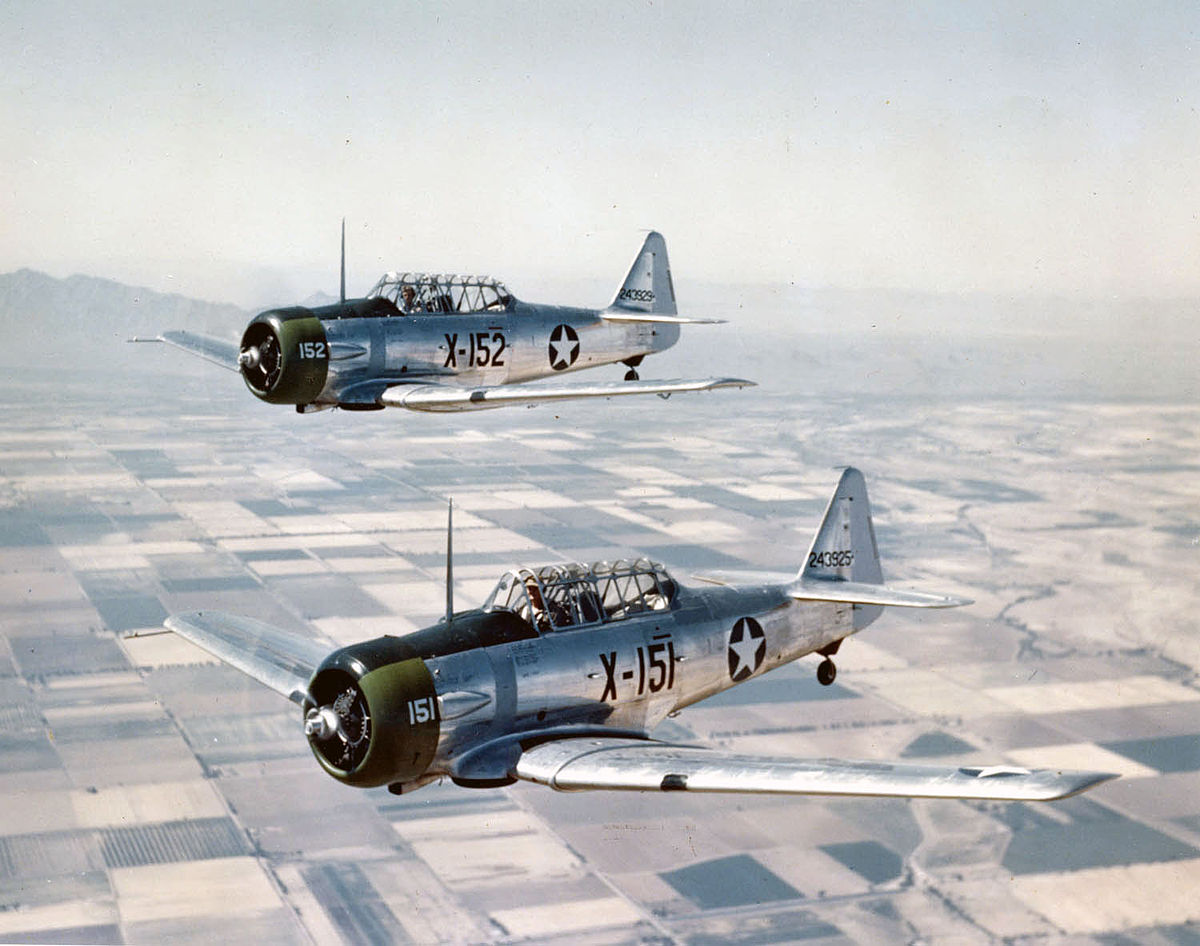
Example: AT-6 Texan, among the most popular and widespread trainers used during WWII and used fro both the U.S. Army Air Force and Navy (Designated SNJ).
B - BOMBER
Description - Bomber Aircraft are designed to attack with air-to-ground weapons, such as bombs, torpedos, or guided missiles. Bombers are classified into two categories, Strategic and Tactical (Period - 1925-Present)
Example: B-29
BT - BASIC TRAINER
Description - Basic Trainer aircraft were specifically designed airplanes to facilitate flight training for entry-level pilots. (Period - 1941-1948)
Example: BT-13
C - CARGO (TRANSPORT)
Description - Cargo Aircraft designed to carry troops, munitions, and supplies. (Period - 1941-1948)
What's in a name? Deciphering Aircraft Designations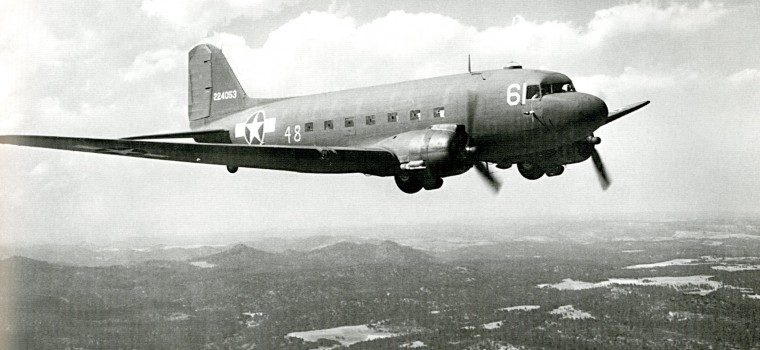
Example: C-47 Skytrain was used extensively during WWII for troop transport, cargo and para-drop.
F - FIGHTER
Description - Aircraft primarily designed for Air-to-Air combat (Period - 1948–1962)
Example: F-86 Sabre
Note: “F” was also utilized to designate “Photographic” mission-oriented aircraft prior to 1930-1947.
L - LIAISON
Description - Liaison aircraft are typically unarmed observation aircraft used for reconnaissance, air ambulance, and light cargo transport. (Period - 1942-1962) Previously designated “O”. *See Below
Example: L-4 Grasshopper
O - OBSERVATION
Description - Prior to “Liaison”, the term “Observation” was used. (Period 1924-1942)
Example: O-1 Bird Dog
P - PURSUIT
Description - Before the utilization of “Fighter” aircraft have designated the term “P” for “Pursuit”. This was greatly due to the development of the “Hunt” of enemy aircraft. These aircraft were designed to be built and developed to achieve greater speeds and maneuverability than their intended foes. (Period 1924-1948) Note: “P” as also utilized to designate “Patrol” mission-oriented aircraft prior.
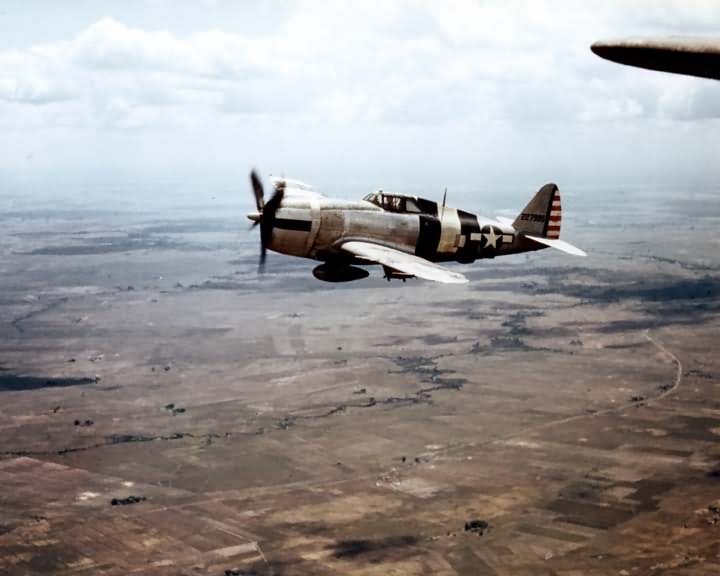
Example: P-47 Thunderbolt or the "Jug" was a multi role high altitude pursuit and bomber that was one of the heaviest single seat fighters in WII.
X - Special Research/Experimental
Description - “X” aircraft (Or more commonly X-Planes) are military prototype aircraft used to test and develop new technology and design concepts
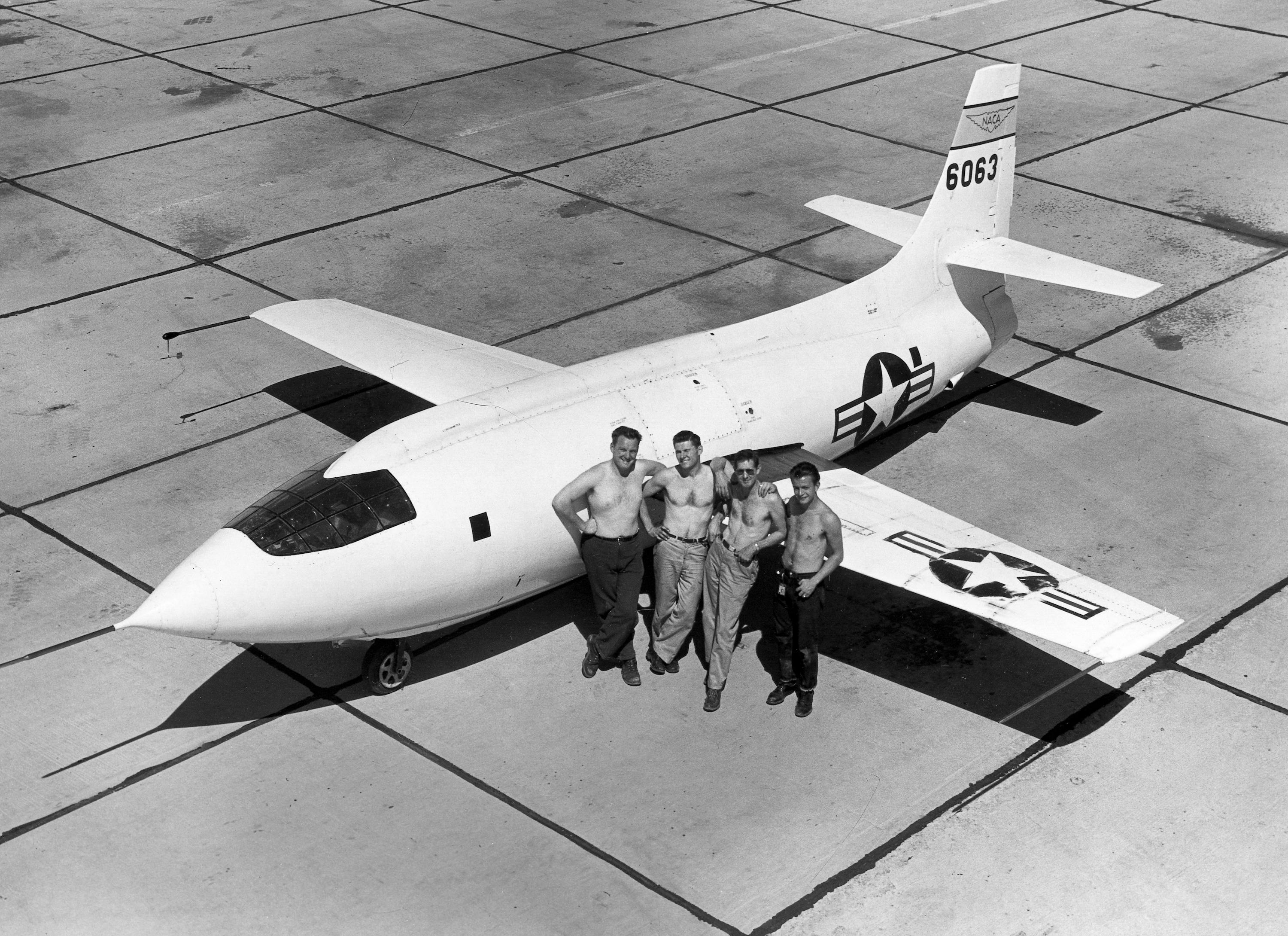
Example: Bell X-1 was the first aircraft to exceed the Supersonic flight, and was the first of the designated X-Planes by the USAAF.
In addition the mission type there is a number of trailing prefix designations that call out the specifics of each model of aircraft:
MODEL
The Model designation signifies the specific aircraft within the mission designation
SUBTYPE CODE
The Subtype Code designates the model variation or design change within the same model type.
BLOCK TYPE CODE
The Block Type Code indicates the series in which the aircraft model and sub-type belong to.
PRODUCTION FACILITY CODE
The Production Facility Code is a unique two-letter identifier in which called out the specific facility in which the aircraft was produced. Often manufacturers have multiple factories, and dependent on the model parts may not be interchangeable between facilities.
Conclusion: We’ve only begun to understand the basics of designators of both historic legacy aircraft along with modern military aircraft that still fly today. (We didn’t touch on aircraft “Status”, Mission Modifiers” which we highly recommend. Overall it can be fun and exciting to better understand aircraft, what their designations mean, and find out both the new and advanced mission types that have evolved over time. We hope that this post is both informational and insightful to begin your journey into the understanding and decoding aircraft model types for both real-world scenarios at work, home, at the airshow or deep into research in your favorite model aircraft!
For more info on modern Aircraft Designations we suggest visiting the following links:
U.S. Military Aircraft Designation Systems
U. S. Army Aircraft Designations 1939-1945
Andrade, John (1979). U.S.Military Aircraft Designations and Serials since 1909. Midland Counties Publications. ISBN0-904597-22-9.

